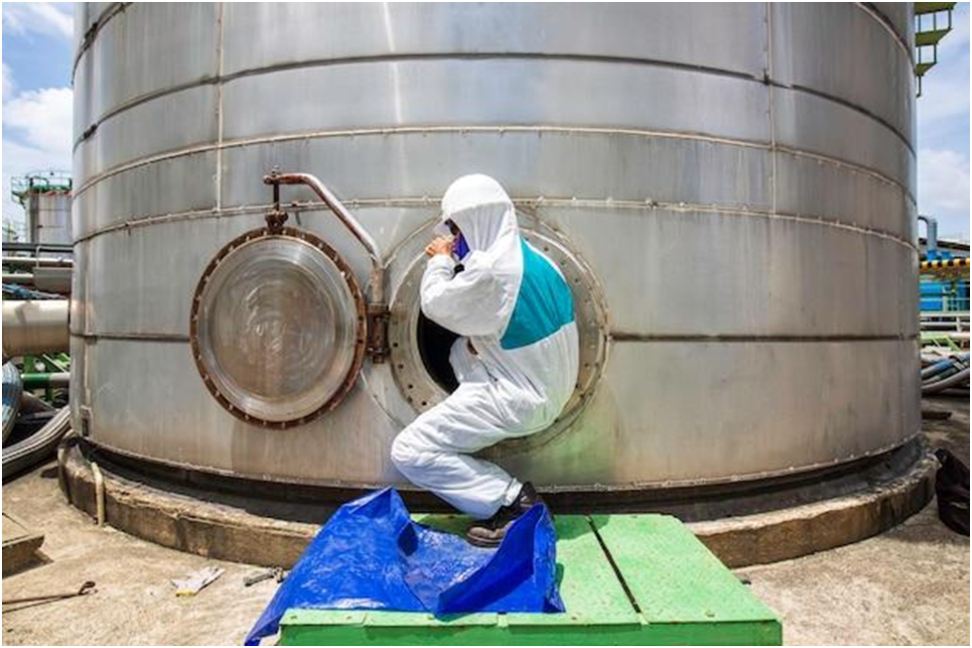Septic systems treat household waste naturally without pipes connecting to treatment plants. With anaerobic bacteria living in the tank, solids decompose into liquids released into drain fields for absorption. Regular pumping prevents clogging and environmental impacts. Untended solids filling the tank overload drain field, requiring expensive replacement. Professional cleaning ensures effective operations.
Scheduling Your Cleaning
Most recommend septic tank pumping every three to five years depending on household size. Solids accumulate faster requiring more frequent service. Signs of needing cleaning include plumbing backups, odors, or wastewater surfacing. Schedule appointments in advance to allow thorough preparation and prevent backlogs. Commercial cleaning companies work efficiently. Professional firms safely manage waste removal thanks to specialized equipment and commercial waste disposal training. Before arriving, locate your outdoor tank and remove any vegetation or structures blocking access. Keep children and pets indoors and inform neighbors of temporary driveway access needs. Professionals work quickly while following all safety protocols.
The Pumping Process Begins
On arrival, tank dimensions were located and the lid was lifted carefully. Water pressure gauges identify tank conditions avoiding confined space entry if hazardous. Pumps suction draws liquids from the tank into a vacuum truck holding up to 1,500 gallons. Specialized pumps pressurize tanks while simultaneously vacuuming sludge. Multiple tank access requires moving equipment efficiently. Professional cleaning companies thoroughly inspect, measure and photograph tank interiors using lights and cameras. Damage, leaks, or structural issues receive documentation. Excess solids levels determine the need for manual pumping using portable pump-out equipment to extract thick sludge through smaller hoses for disposal. Old fixtures like tees receive removal and proper end caps installation preventing unwanted flow into the drain field.
Clean Tank Interior and Exterior
Portable pressure washing gently cleans caked solids from the walls and bottom while leaving the microbial population intact. Exterior disinfection using cleaning agents sanitizes the tank surface. Excessive solids accumulation inside denotes a future tank replacement suggestion versus repeated professional cleanings becoming routine. Harmful gasses vent during septic tank cleaning from enclosed spaces. Commercial vehicles vacuum-sucking contents access remote tanks. Large-capacity truck tanks hold wastewater and sludge for disposal treatment meeting environmental standards. Multi-chambered trucks separate solids for composting. Vacuum release avoids spills while safely lowering lift heights under overhead lines. Mesh screens catch debris for disposal versus clogging drain fields.
Post-Cleaning Tank Inspection
Inspect inlet and outlet baffles ensuring proper positioning and condition before refilling. Baffles route flow optimizing solids settling while outlet tubes hang above sludge level. Cracks receive epoxy sealing to preserve water-tight integrity. Recorded measurements show before and after levels determining cleaning effectiveness. Homeowners gain clarity on future expectations and maintenance needs. Backfill and tamp-packed soil to restore structure before grass seeding or sod around lids. Gravity flow reintroduces household flows allowing bacterial recolonization. Systems start functioning naturally treating wastewater as designed without odors or impacts to local waterways from improper solids buildup disposal. Regular maintenance safeguards environmental and public health through professional cleanings.
Importance of Professional Cleanings
Proper residential and commercial septic system care avoids risks to health or costly early replacements from overload failures. Regular professional pumping extracts built-up solids that decompose slowly preventing clogging. Inspections identify issues addressed proactively versus costly reactive repairs. Compliant waste disposal protects communities. With maintenance, septic systems dependably treat household waste naturally for decades as designed.
Also Read:-

